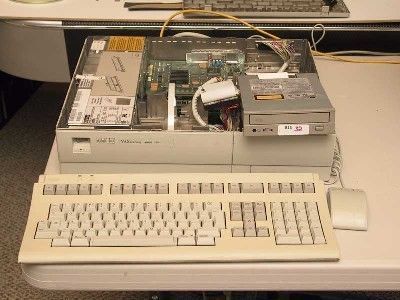The computers during the period 1945 – 1956 are regarded as the Second Generation Computers. During 1960’s, many second generation computers were used in business and by universities and government from computer manufactures such as IBM, Burroughs, etc. These second generation computers were also of solid state design, and contained transistors in place of vacuum tubes. Second generation computers were comparatively smaller than first generation computers. First generation computers were replaced by the evolution of second generation computers.
Summary of Second Generation Computers
In second generation computer, the vacuum tubes which were used in first generation computers were replaced by transistors. This makes second generation computers smaller, faster and cheaper than first generation computers. Also the second generation computers understand the specific instructions and the symbolic language given by computer programmers in words and those instruction (program) could be stored inside the computer’s memory itself which was a another great advantage. At this time of second generation computers many high level programming languages were developed such as Common Business-Oriented Language (COBOL) and Formula Translator (FORTRAN) which are still used for some application of modern computers.
Second generation computer also have almost all the parts we associate with today’s computers: disk storage (today’s hard disc, flash drive etc), tape storage (today’s CD, DVD etc), printer, memory (RAM), operating system (like today’s windows, Linux, MAC etc) & stored programs (like programs in today’s computers). A typical example for it is IBM 1401.
Image of Second Generation Computers


Very interesting